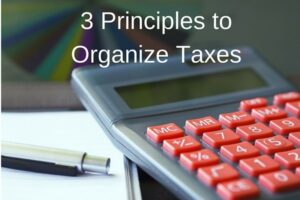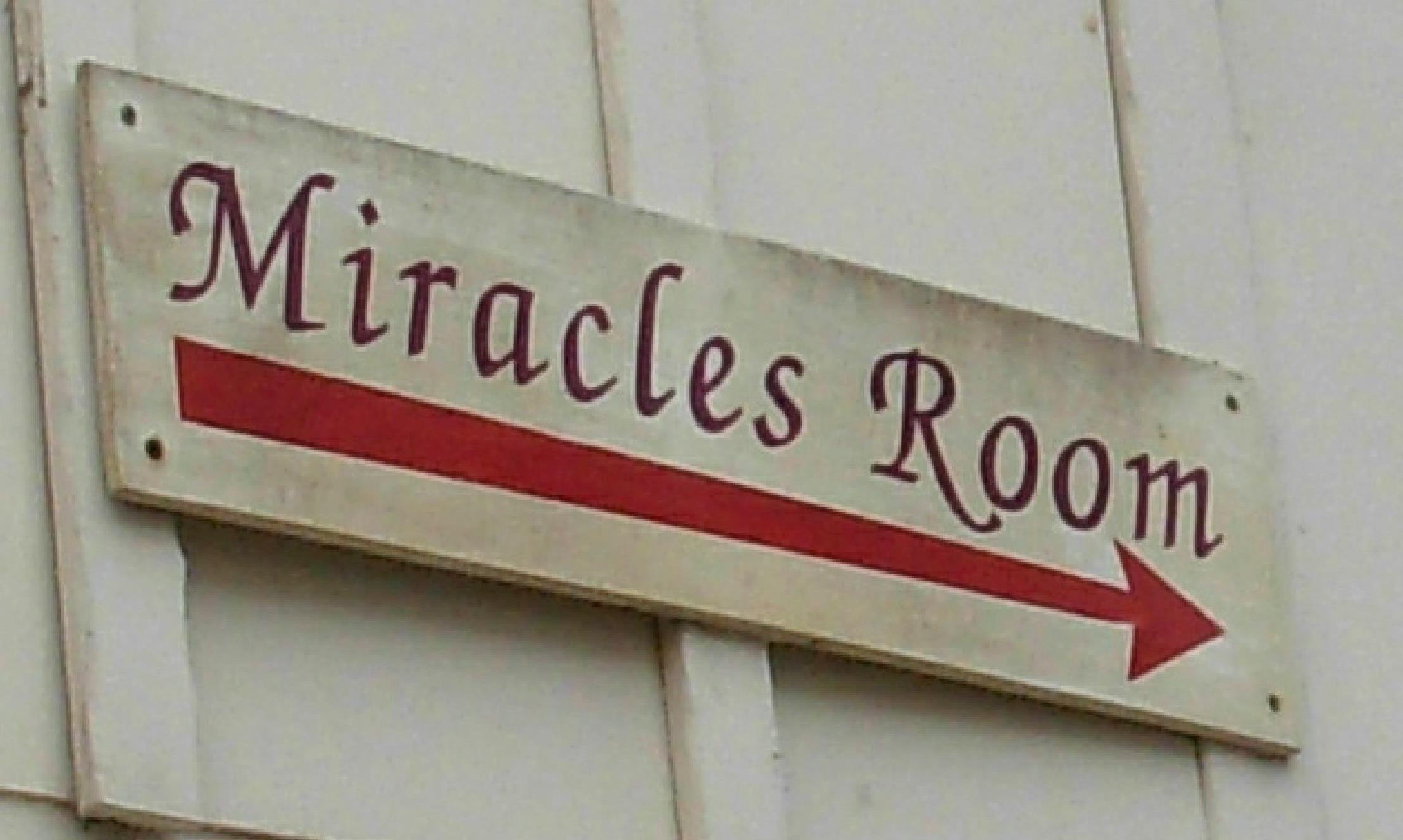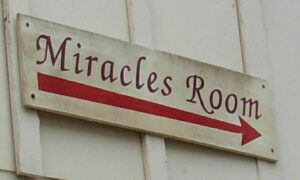What is Chronic Disorganization?
You many be managing chronic disorganization if you have been disorganized for awhile, tried to fix things and failed and are frustrated you can’t get stuff done in your life. While the term is not a medical diagnosis, it is a very real experience that many people are trying to manage.
Someone who is chronically disorganized has three defining features as identified by Judith Kolberg in Conquering Chronic Disorganization:
- They have been disorganized all or most of their adult life;
- Being disorganized negatively effects their quality of life in some way everyday; and
- Previous attempts to be organized have not been successful.
A significant amount of knowledge and understanding about chronic disorganization has been gained since Judith Kolberg first identified the concept in the early 1990′. The Institute for Challenging Disorganization (ICD) was established later that same decade. It’s mission is specifically to “provide education, research and strategies to benefit people affected by chronic disorganization, and the professionals who work with them.”
Why Am I Chronically Disorganized?
There are many factors associated with chronic disorganization. This fact sheet from ICD provides a comprehensive chart of all factors. The most common factor associated with my clients’ inability to get and stay organized is a brain based condition, usually Attention Deficit (Hyperactivity) Disorder. Most of my clients do not exhibit hyperactivity but do struggle to maintain the correct level of focus for the task at hand. Another common reason is my clients have simply never learned. Organization may not have been a priority for their parents. As a result, they have never learned how to organize and don’t have any intuitive skill or talent. In addition, they tend to acquire easily and shed with difficulty.
Is Chronic Disorganization the same as Hoarding?
The simple answer is No, it is not. Hoarding disorder is a mental health diagnosis. Individuals with hoarding disorder are a subset of the larger population of individuals managing chronic disorganization.
What Works?
People managing chronic disorganization do not respond to conventional organizing practices and strategies. I frequently hear from clients that they have tried all the tricks and tips and still can’t make them work. These individuals think, learn and organize in ways that are unconventional or just more creative. Their brains don’t think in a typical logical, linear fashion. The solution is to use more creative, innovative organizing solutions that work specifically for the chronically disorganized individual.
Where can I get Help?
If this sounds familiar, either to you or someone you know, reach out for help. ICD has a professional organizer directory which can help you find someone in your area. It is important to work with someone trained in supporting chronic disorganization to ward off further frustration. Some professional organizers such as myself have made a commitment to this area of organizing by achieving the Certified Professional Organizer in Chronic Disorganization credential. And since I work almost exclusively virtually, I work with clients all over the world.
There is hope. There is help. You don’t have to live and work this way.

























